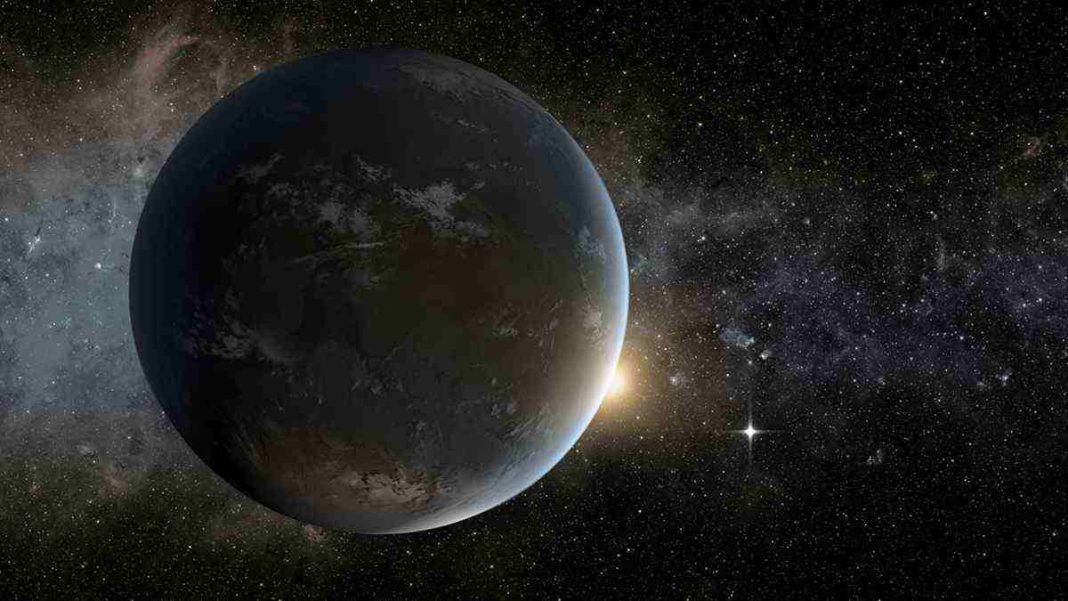UNITED STATES: In the grand expanse of the cosmos, a discovery that fuels our cosmic curiosity has recently come to light, thanks to NASA’s James Webb Space Telescope. Imagine journeying over 100 light-years into the Leo constellation and stumbling upon K2-18 b – a colossal exoplanet with a secret that’s captivating astronomers and dreamers alike.
While it may be light-years away, this discovery brings us one step closer to the cosmic mysteries that surround us.
A team from the University of Cambridge has been studying data that the James Webb Space Telescope has sent back, and they have made this cosmic discovery. Exoplanet K2-18 b, with its mass about 8.6 times that of Earth, has left scientists astounded.
Why? Because this alien world hints at something truly extraordinary – an ocean, just like our own blue planet. And that’s not all; it might have a sky painted with hydrogen.
The mere presence of methane and carbon dioxide in the exoplanet’s atmosphere raises the tantalizing prospect of oceans gently lapping against its shores (metaphorically speaking). Underneath that hydrogen-rich sky, an ocean-covered surface might be hiding, making it a celestial wonder unlike any other.
But here’s where the plot thickens: there’s a faint signal, a cosmic whisper if you will, of a molecule known as dimethyl sulfide (DMS). What’s so special about this molecule? On Earth, it’s a telltale sign of life, produced exclusively by phytoplankton in our oceans. While the discovery of DMS on K2-18 b doesn’t scream “life,” it does crank up our cosmic curiosity to the max about the possibility of life beyond our pale blue dot.
Now, before you picture little green aliens sipping alien lattes by the ocean, let’s acknowledge the complexities of this distant world. K2-18b is no easy nut to crack. Its whopping size suggests an interior wrapped in a cocoon of high-pressure ice, reminiscent of Neptune. And that inviting ocean? Well, it might be a bit too hot to host life as we know it. It’s a reminder that the conditions for habitability are as intricate as a cosmic puzzle.
They’ve even got a special name for this kind of exoplanet in scientific circles – “Hycean” exoplanet, signaling their potential to harbor life or at least the right conditions for it.
K2-18 b, with its double dose of Earth’s mass, first caught our attention back in 2015 when it was spotted in the “habitable zone” of its star. This zone is like cosmic real estate where liquid water, the elixir of life, could exist. Initial insights into its atmosphere were generously provided by NASA’s Hubble Space Telescope, but it’s the James Webb Space Telescope that truly let us dive into this cosmic mystery.
Since its celestial debut in December 2021, the James Webb Space Telescope has been changing the way we look at the universe. With more investigations into K2-18 b on the horizon, we’re hanging on to our cosmic seats, eager to uncover more about this captivating world and the possibilities it holds.
Also Read: Another JWST Discovery: Maisie’s Galaxy Emerges as One of Universe’s Earliest Galaxies



